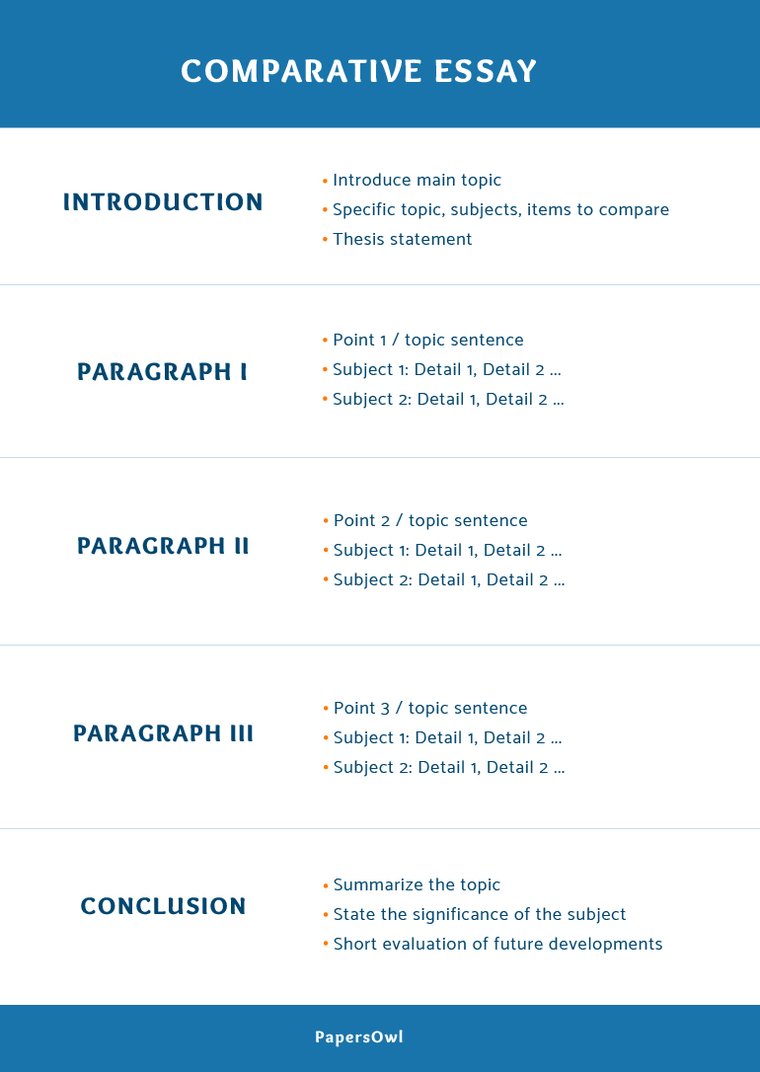Quick Navigation
If you need to write an essay and don’t know how to organize the outline. You can read this article with examples. But you can always ask our site to
write a essay for me
by professional writers from different academic areas.
What is an outline?
An outline is an organizational tool used by authors in their academic and professional writing. It is a skeleton, a foundation of an entire writing piece, produced to structurize main ideas into a list of contents.
“If you failed to prepare, prepare to fail”.
– H.K. Williams
Although writing an outline is not mandatory, for those who are willing to stand out, it is a must. Professors and readers will appreciate a well-detailed structure of contents and it would be easier for an author to work on the piece.
By the end of this article you will:
- understand what a paper outline is;
- learn how to prepare an outline;
- differentiate types of outlines;
- get outline samples for your future works.
Let’s get educated!
Outline is…
Most likely you have already realized that outline is a roadmap of your paper. You can write your main idea here, provide supportive arguments, prepare headings for your future paragraphs of the writing.
As I have already mentioned before, you can produce a piece without any maps or blueprints, however, it will make your life a lot harder. All of our authors work with outlines because it does help produce a better piece.
Here is how an outline can be helpful:
-
We mean it when we say “blueprint”. When researching you receive tons of data and outlines helps you understand what goes where without losing any piece.
-
You will get a better understanding of a subject and as a result, it will be easier to explain it to the audience.
-
With an outline, you will know precisely where to find that piece of information you need when presenting your work.
Now, when you know how important an outline is I will tell you how to make one. There are two options: first is to
ask our site for help
. The second one and my personal favorite is to learn it yourself.
It won’t ever harm you, doesn’t it?
“Education is not only a ladder of opportunity, but it is also an investment in our future”. – Ed Markey
Introduction
It should not be way too long. Usually, 3-4 sentences where you describe your topic (spice it up with a hook), intentions to writing this particular piece, and main foundation block of any essay or research paper – thesis statement. Mention the topic and thesis in your outline.
- The first sentence should introduce a topic and grab readers’ attention. Tell an anecdote or a shocking fact relative to the main idea of writing.
- The second subpoint sentence should all be about the topic, its history. Keep it short but let the reader know everything he has to know.
- The final subpoint goes for your thesis statement. Announce your argument which will sound in your readers’ head all along with your writing.
Body
This is the most information-rich part of your writing and you should provide your thoughts in all the details required. Use as many paragraphs as you need, don’t be greedy.
- Each paragraph has to have a topic or idea which somehow supports your thesis.
- Your argument should be reinforced by credible opinion, other research, fact, data, etc.
- Remember to include a transition sentence that will smoothly bring the reader to the next point.
Conclusion
This is the final paragraph of your paper where you should remind your reader what it was all about.
- Begin with your thesis statement. However, don’t repeat it word to word, restate the point and paraphrase the sentence itself.
- Finish with a concluding statement. Usually, it tells a reader how the thesis might be implemented, the importance of solutions described in the essay, or bring other aspects which may be influenced by the idea in the thesis statement.
Here is a template for a basic essay outline:

NOTE:
The more parts you add to each of the sections the more adequate information piece you will receive in the end.
Outline structure types
While it is all up to you to decide how to organize an outline, there are some which are widely accepted. What are those types?
Let’s find out!
Alphanumeric structure style
The alphanumeric outline structure is the most frequent one. It is easy to find one. Every subdivision is described as roman numbers, then you go with capital letters, Arab numbers, and lowercase letters, accordingly.
- Roman numerals (I, II, III, etc.) are used to identify major sections of the outline. Usually, you will have five of them, each for every paragraph of the paper.
- Capital letters (A, B, C, etc.) are used to show substantial points in the sections.
- Arabic numbers (1,2,3, etc.) are used for further important details.
- Lowercase letters (a,b,c, etc.) are used if even more details needed.

Decimal structure style
The decimal structure is similar to the alphanumeric structure but it has one difference. Here we use only numerals. Some people prefer this structure type because it might be easier to display the connection between each of the elements.
- Outline begins with 1.0 and continues with 2.0, 3.0, etc. determining the beginning of every new section.
- For every new information point, we change the number after the dot. For instance, when we add information to the paragraph with number 3.0, we name a new piece of information 3.1, 3.2, and so on.
- In case if further details are needed we simply add more decimals. In our case, it will look like 3.1.1, 3.2.1, etc.

NOTE:
Decide on the length of sentences in your outline. Full sentences will be useful if you want to provide more thorough information while brief ones will help you keep your outline short and concise.
Outline Samples
As promised, here you can find instances of outlines for different essay types.
First of all, we need to determine what essay type we are going to write. To do that we need to identify what it is we are trying to achieve with our writing. Are we try to persuade our audience, enlighten, entertain, are we willing to provide research, a review or else?
Let’s go through some of these.
Narrative essay
A narrative essay is a type of an assignment one usually has to perform while in school. It is the least complicated kind of writing because you don’t have to perform any sort of research. The most common topic for such an essay would “How I spent my summer vacation”. The narrative essay has to be engaging. To do so you have to:
- conduct a thrilling plot.
- include a conflict.
- make bright characters.
- exaggerate, but do not lie.
One of the best strategies to make your writing entertaining is to use your imagination. Let it fill your essay with details and language that will make your story come alive. Describe smells, emotions, feelings, and so on. However, keep in mind that, in most of the cases, narrative essays are real stories.
Here is how the outline should look like:

NOTE:
Coordinate information in your outline accordingly. Each section title has to have equally important information to the information that is contained in other titles.
Comparative essay
Probably one of the most common assignments a student has to perform. This is writing where you should highlight in which ways certain things are similar to and different from one another. This is an extremely important task to perform because it stimulates your critical thinking and forces you to conduct a compelling analysis.
I am not going to describe the whole process of writing a comparison essay in this article, however, I will provide you with certain tips:
- Use cue words (also, like, similar to, unlike, compared to, nevertheless, etc.)
- Include only valuable point (what’s informative, relevant, interesting, etc.)
- Be more specific in your thesis.
By the last point, I mean that you should write something like “BMW and Mercedes-Benz provide the same product, however, their marketing strategy differs” instead of “This essay will compare BMW and Mercedes-Benz”.
This is what your outline should look like:

Argumentative essay
This one is very similar to a comparative essay in terms of bringing arguments to support your opinion, however, in this case, you should provide arguments on both sides of the same medal. When writing such an essay remember to:
- Pick a topic you are interested in (the reader will always notice your disinterest).
- Provide good arguments (be concrete).
- Research as much as possible (surprise your reader with new facts).
When working on your argument collect valuable sources as scientific magazines, academic journals, documentaries, newspapers, and so on.

NOTE:
If one of the major sections of your outline starts with a verb in one sense, the rest of your sections should start with a verb in the same tense. It is called a parallel structure.
Outcomes
Firstly, I would love to say thank you for staying with me for that long. Secondly, let’s sum everything up, what have we learned (hopefully) from this piece:
- what a paper outline is;
- we learned how to compile one;
- we now know how to distinguish various types of outlines;
- you have received outline samples for your future works.
“Learn all you can learn. Never stop learning”. – Gza
I bet you don’t need it but I have decided to include this video developed by the writing center of North Carolina University where you can get slightly more information on the same topic and enrich your knowledge.
Good luck writing your outlines, keep learning, and remember that If you are still struggling with an outline or any other essay related task you can always depend on professional writers from
our site
.
